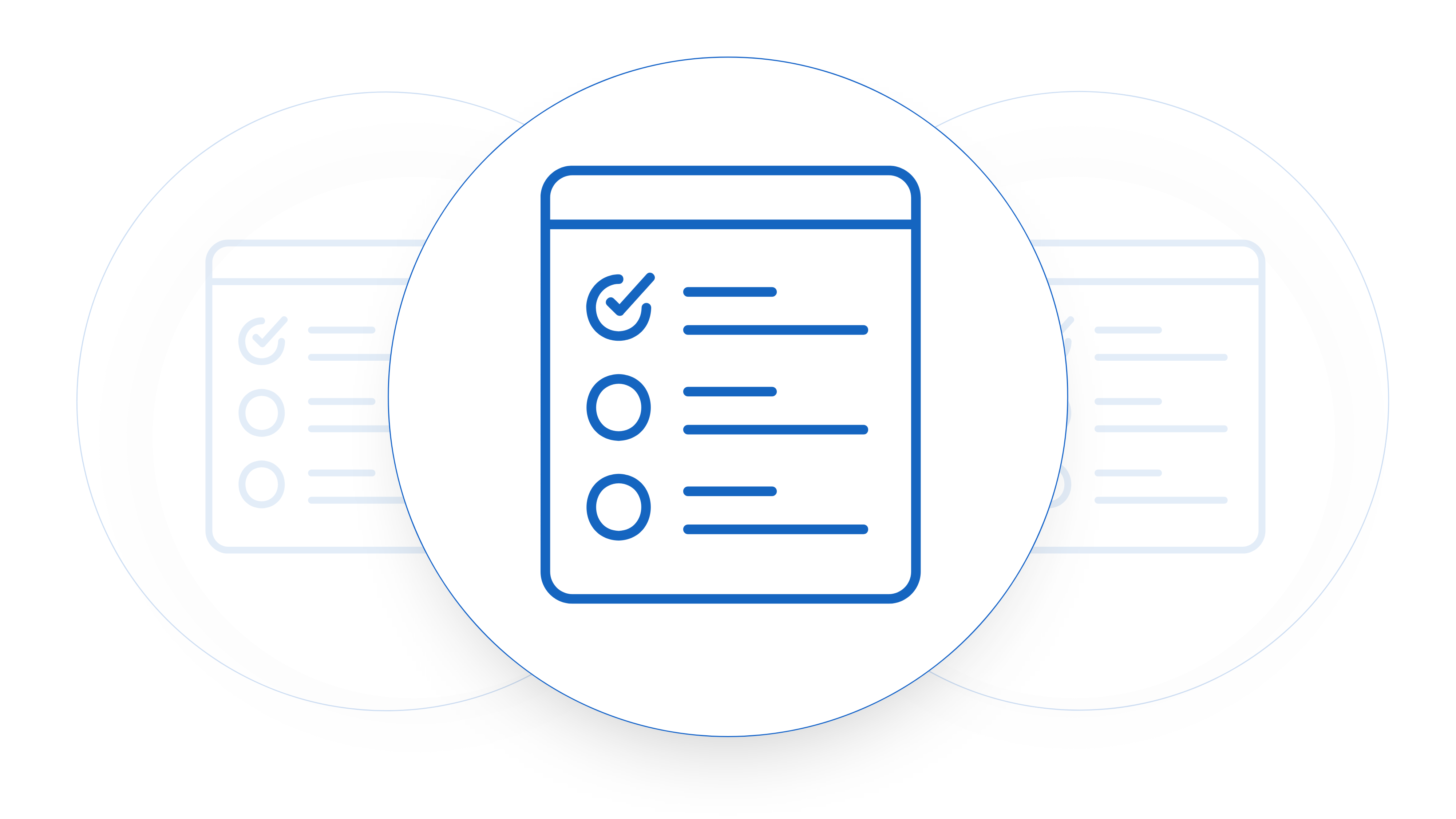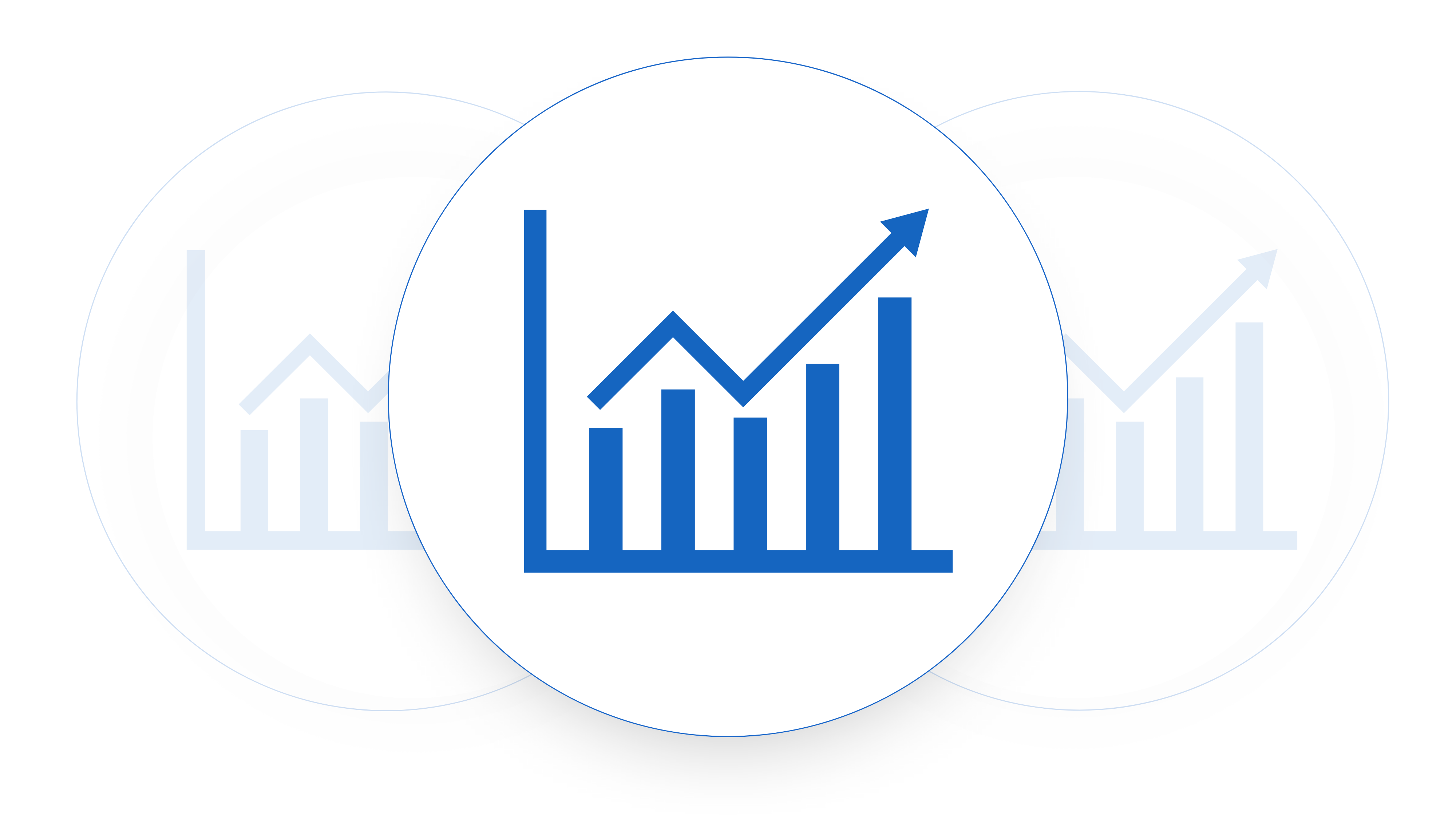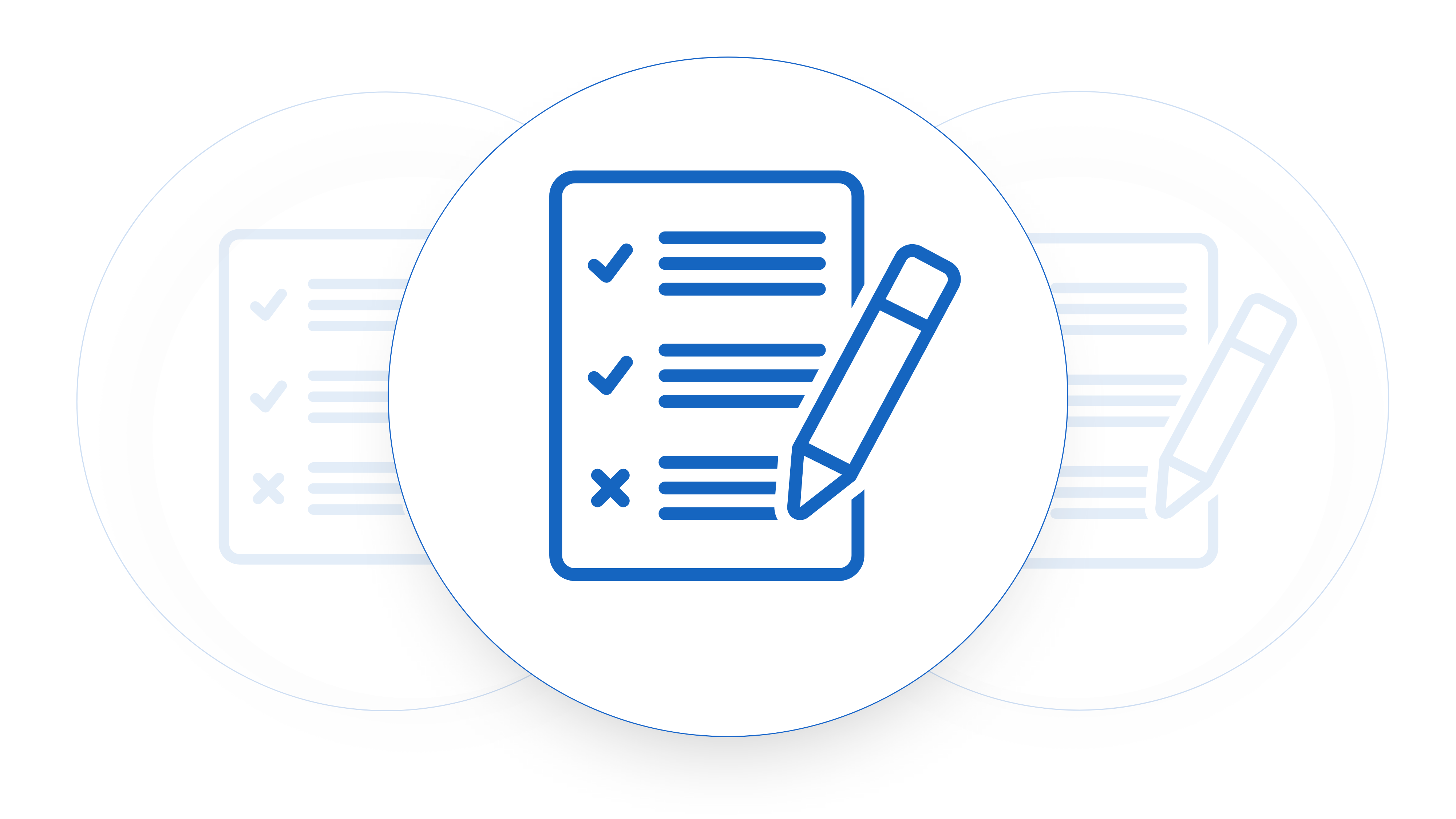Our interview with Byron Scott digging
into RevOp’s best practice
RevOps, short for Revenue Operations, is an increasingly critical function in Software as a Service (SaaS) companies, playing a crucial role in integrating and aligning the operations of marketing, sales, and customer service teams. The goal of RevOps is to streamline processes, reduce friction, and ultimately drive revenue growth.
On today’s podcast we have a RevOps best practice veteran join us to run though the in’s and out’s of what makes good practice in the RevOps function.
RevOps Best Practices: Navigating the Competitive SaaS Sales Landscape
In the highly competitive SaaS sales landscape, companies need to be nimble, efficient, and customer data-centric to scale faster and faster. The RevOps model brings together previously siloed departments such as sales, marketing, legal and finance to work towards a shared objective: faster closed sales and enhancing the customer journey to maximize revenue. It breaks down operational barriers, fostering improved communication and collaboration across teams.
Data-Driven Decision-Making: A Key Focus of RevOps
One primary reason why RevOps is important that we discuss with Byron is its focus on data-driven decision-making. By consolidating customer data from all three functions, RevOps allows for a 360-degree view of the customer. This holistic understanding enables teams to better identify opportunities, anticipate customer needs, and personalize experiences. Consequently, it leads to increased customer satisfaction, retention, and revenue.
Data-Driven Decision-Making: A Key Focus of RevOps
Furthermore, RevOp’s best practice optimizes operational efficiency. By centralizing operational roles and creating clear communication for contract management and deal management, the RevOps model can significantly reduce inefficiencies arising from disjointed processes and miscommunication. It ensures a seamless flow of information, enabling faster, more coordinated responses to market changes and customer demands. This increased agility allows SaaS companies to stay ahead of the competition, adapt to the evolving market, and grow sustainably.
Promoting Accountability and Consistency: Strategic Alignment of Customer-Facing Teams
The implementation of RevOps also promotes accountability and consistency. Since all customer-facing teams are aligned under a single operational unit, it creates a consistent strategy across all touchpoints. This strategic alignment ensures every interaction the customer has with the company is coherent and contributes to the larger goal of revenue generation.
Critical Role in Forecasting and Planning: Driving Long-Term Growth
RevOps plays a critical role in forecasting and planning. With a consolidated view of data and integrated processes, SaaS companies can accurately predict sales trends, identify potential risks, and make strategic decisions that drive long-term growth.
RevOps is an essential function in SaaS companies, fostering an environment of collaboration, efficiency, and data-driven decision-making. By aligning all customer-facing teams under a shared vision, RevOp’s best practice enhances the customer journey, optimizes operational efficiency, promotes consistency, and enables accurate forecasting, all of which contribute significantly to revenue growth. It is, therefore, a strategic imperative for SaaS companies looking to scale and sustain in a dynamic, competitive landscape.
And of course, we do our best to get a straight answer to the age old question. Salesforce or Hubspot?











